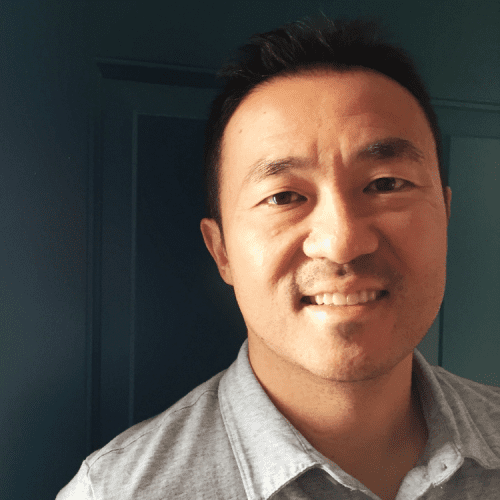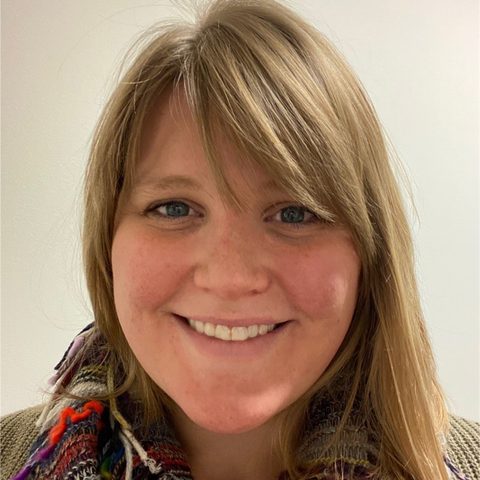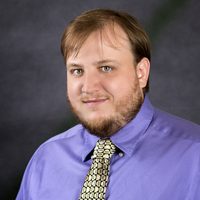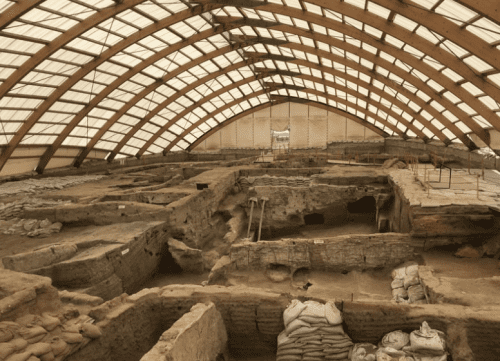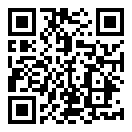CLS: Archaeology
This widget is displayed if cost is set. In order for the widget in this page to be displayed correctly, please set cost for your last event.How to set cost
Buried items, such as tools or pottery, carry a lot of information about the past. Through this series, learn about the methods archeologists use to uncover these materials and the stories they tell about human history.
Dr. Nam Kim
“’Barbarians’ & Bronzes: The Origins of Civilization in Ancient Vietnam”
10:30 a.m., Monday, Aug. 21 | Orchestra Hall
Two thousand years ago, China’s Han Empire stretched its imperial grasp beyond the mountains far to the south of the Central Plains, reaching into the domains of “barbarians.” Along its southernmost periphery lay the Red River Valley (RRV) of present-day Vietnam. In their chronicles, the Han claimed that they “civilized” the RRV’s “barbarians.” In contrast, many Vietnamese believe this time and location represents the birthplace of an indigenous, Vietnamese civilization that predates Han arrival. This view has been traditionally based on colorful tales and legends.
One of the most enduring accounts tells of the Au Lac Kingdom and its capital city, known as Co Loa. Thus, at the heart of ongoing, intense, and sometimes nationalistic, debates are two contrasting views. One sees “civilization” as a byproduct of Han arrival, while the other sees it as the outcome of local, indigenous cultural traditions.
This lecture presents new and ongoing archaeological research that addresses these themes and questions. Specifically, it highlights recent investigations at the Co Loa site, considered to be the first capital and earliest city of ancient Vietnam.
“Cultural Heritage & National Imaginaries: The Politics & Practices of Archaeology”
3:30-5 p.m., Monday, Aug. 21 | Orchestra Hall
The past, whether real, tangible, embellished or imagined, can be a particularly powerful and alluring source of symbols, narratives and ideas. Echoes from the distant past can reverberate and affect the lives of contemporary and descendant communities, and issues related to politics, cultural heritage management, tourism and national identity can all be tied to our reconstructions of the past.
This kind of dynamic is evident across many countries, particularly those that have experienced recent histories of conflict, regime change or newly gained independence. Featuring Vietnam as a backdrop, this lecture explores the social contexts and political dimensions of practicing archaeology. Here, archaeological investigations increasingly complement traditional sources of information, such as ancient texts, legendary accounts and heroic folk tales. As such, artifacts, remnant architecture and sacred landscapes have become significant for the national story of Vietnam, its deeper past and the cultural identities of its past and present populations.
“Exploring Violence & Warfare in Humanity’s Past”
10:30 a.m., Tuesday, Aug. 22 | Orchestra Hall
Is warfare as old as humanity? Are we an inherently violent species? How would we know? Signs of warfare appeared as soon as we began crafting our earliest written records several thousand years ago. But what can we see beyond that literary horizon?
This lecture highlights anthropological research to contemplate warfare’s antiquity and origins, providing a glimpse into past contexts of organized violence in the deeper recesses of humanity’s past. We will take a tour around the world, considering select cases across space and time, from the Ice Ages to the present day. We will also explore the evidence for varied manifestations of war and what those data can reveal about our shared past, our evolution as a species and our prospects for peace.
Dr. Nam C. Kim is Professor of Anthropology at the University of Wisconsin-Madison. He holds degrees in anthropology (PhD, University of Illinois at Chicago), political science (MA, New York University) and international relations (BA, University of Pennsylvania).
His research deals with early complex societies and the significance of the material past for modern-day stakeholders. He is especially interested in the archaeological history of organized violence and warfare.
Since 2005, he has been conducting archaeological fieldwork in Vietnam at the Co Loa settlement. A heavily fortified site located near modern-day Hanoi, Co Loa is connected to Vietnamese legendary accounts and is viewed as an important foundation for Vietnamese civilization.
He is the author of The Origins of Ancient Vietnam and Emergent Warfare in Our Evolutionary Past (co-authored with Marc Kissel).
Sarah Hinkelman
“American Indian Structures in Ohio, Parts I & II”
10:30 a.m. & 3:30 p.m., Thursday, Aug. 24 | Orchestra Hall
American Indians came together 2,000 years ago in the land that we now call Ohio to create monumental earthen structures in which they gathered and shared in practices and traditions that archaeologists associate with the Hopewell Culture. This American Indian culture is renowned for the architectural precision and engineering involved in creating perfect circles and octagons from walls of earth sometimes over 12 feet high that surround 20 acres of land or more.
These American Indian people were astronomers attuned to the cyclical patterns of the sun and moon that they mapped into the monumental landscapes the created. They were geographers and geologists traveling across North America bringing with them precious natural materials such as copper, mica, obsidian and flint to craft sacred objects.
The marks this culture left on the landscape are still visible today at sites such as Fort Ancient, the Newark Earthworks and the earthworks protected by Hopewell Culture National Historical Park, all of which have been nominated for UNESCO World Heritage Status.
During this presentation, you’ll get an overview of the history of the Hopewell Culture, its connection to American Indians today, and what makes these monuments more than eligible for the world recognition we anticipate they will receive!
Sarah Hinkelman is the site manager of the Newark Earthworks and Flint Ridge, two American Indian sites in Licking County, which are part of the Ohio History Connection’s system of over 50 historic sites in Ohio.
She has been studying archaeology in the Middle Ohio River Valley for close to a decade with a focus on public education and interpretation of precontact American Indian sites.
Hinkelman received her master’s in anthropology from Ohio State University in 2018 and has served as Park Guide for Hopewell Culture National Historical Park in Chillicothe before starting her position with the Ohio History Connection.
Dr. Robert Chidester
“Rust Belt Archaeology: Urban Archaeology in Ohio”
10:30 a.m., Friday, Aug. 25 | Orchestra Hall
Laypeople often scoff at the idea that modern cities might be a good place to look for archaeological sites: skyscrapers, seas of concrete and asphalt, and periodic redevelopment all seem to mitigate against the preservation of material traces of the past. And yet, archaeologists have long understood the value of cities as places where the past is preserved right under our feet.
In the U.S., much urban archaeology today is done in the name of compliance with environmental regulations. This lecture will discuss several recent compliance-based archaeological projects undertaken in Ohio’s “Rust Belt,” demonstrating the range of research possibilities from larger metropolitan centers, such as Cleveland, to smaller cities, such as Findlay.
Dr. Robert Chidester holds a dual PhD from the Doctoral Program in Anthropology and History at the University of Michigan, and is currently employed as the Archaeology Team Leader with The Mannik & Smith Group, Inc. He also teaches anthropology classes at Heidelberg University.
